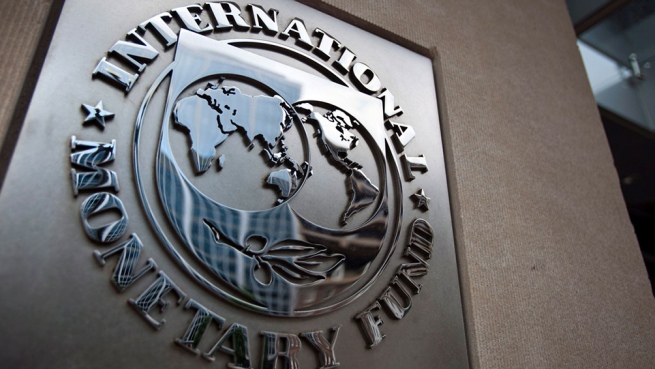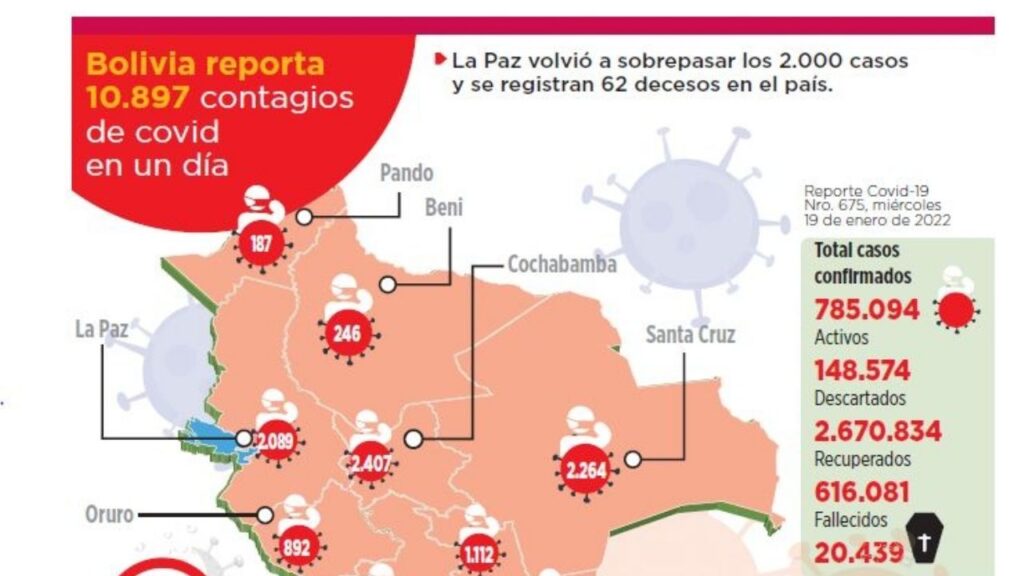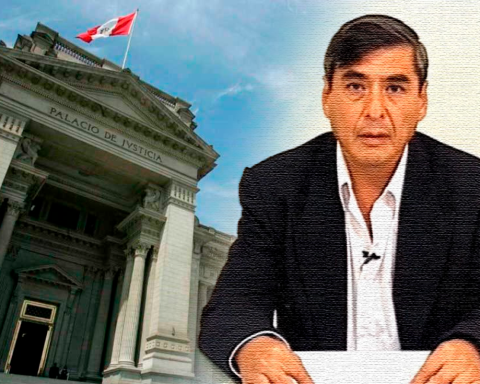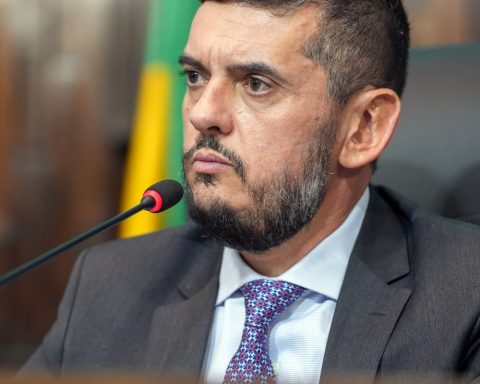With interest rates pedaling higher, past experience tells us that emerging markets and other stressed borrowers will face rates rising much higher than wholesale rates in financially strong advanced economies. Fear of default in emerging markets may also self-fulfill if lenders charge high-risk premiums.
To help avoid this trap, the International Monetary Fund (IMF) must take the lead in protecting debt sustainability by reassessing its policy on interest charges for large loans that are likely to be needed after the pandemic.
In early January, a group of progressive Democrats in the US Congress called on US Treasury Secretary Janet Yellen to end the surcharge policy. They said the surcharge “discourages investment in public health by developing countries” and threatens the global economic recovery. But the Treasury has reiterated its support for the surcharge, saying it is necessary to protect the “financial integrity” of the IMF.
With interest rates still low, most countries have found it easy to pay off the debts they have accumulated. Fiscal debt service in middle-income emerging market economies has been running at only about 2 percent of GDP.
And the G20 Debt Service Suspension Initiative, which ran until December 2021, bought time for many low-income countries.
But now, there are many countries with debt levels so high that a rise in interest rates within historical ranges could tip them toward unsustainable debt loads, with potentially painful consequences.
The half dozen cases of debt default in recent years may be a harbinger of worse problems. In fact, some three dozen countries are on the World Bank’s list of countries at high risk of debt distress. About 40 countries have public debt ratios above 100 percent of GDP, including a dozen advanced economies. Even ignoring the smallest countries (with populations under five million), we still find more than 20 emerging or developing economies with a share of over 80 percent.
Some of these cases will not be fully resolved without a debt write-off, something that typically takes years to negotiate, and the delay leads to significant production losses.
Other cases may depend for their survival on investor confidence or be doomed if lenders do not demand a substantial default premium. Unfortunately, due to the pandemic combination of low interest rates and rapid debt accumulation, the ingredients are there for a self-fulfilling pessimism in which a rising default risk premium drives a country straight into default that both lenders as borrowers would like to avoid.
Indeed, anticipating such a self-fulfilling expectation trap, astute investors are likely to back out, closing off the country’s access to international finance.
Countries facing such a risk will seek assistance from the IMF. The Fund can take advantage of the return of private financing to countries whose debt is potentially sustainable through the approval of a credible recovery program. It can also be an important catalyst in organizing debt restructurings or moratoria. But the more indebted a country is to a preferred creditor like the IMF, the more minor creditors have to fear a debt restructuring.
Ironically, however, the Fund itself incorporates interest rate penalties for large or prolonged loans from financial facilities offered to struggling middle-income countries. In situations of high interest-sensitive debt, these charges work against debt sustainability, especially if the IMF’s interest charge becomes the benchmark for the cost of cofinancing from other creditors.
The level of borrowing that triggers IMF surcharges depends on the “quota” of the borrowing member country. Fees can be high for large loans, especially if they extend beyond three years. In practice, a 2 per cent surcharge is applied to loans of more than twice (actually 187.5 per cent) the installment. An additional percentage point is added when the loan has been in progress for more than three years. With the basic special drawing right (SDR) charge rate currently at just over 1 percent, these surcharges bring the total charge rate to 4 percent per year.
Of course, the surcharges are there for a reason, not least to discourage countries from becoming too dependent on Fund assistance and to help ensure that its renewable resources are available for all new cases. The surcharges encourage early payment and a return to private sector indebtedness.
The IMF has been looking for other ways to address the pandemic-related debt overhang. For example, it has a mechanism to provide debt relief to low-income countries with over-indebtedness. It has been examining the potential role of contingent debt instruments to the State.
To avoid self-fulfilling pessimism that could result in a disruptive default, other lenders may also need to agree to lower refinancing rates. It would be easier for the IMF to push other lenders in this direction if it also charged lower rates. Even if such a reduction were only temporary, it could ease a likely post-pandemic debt crisis.
The IMF can afford to do this. It is true that surcharges have contributed a considerable part of their income in recent years. But even without the surcharges, he would still have a net income of $600 million in the last fiscal year and be on track for even more this year.
Unilateral action by the Fund would not completely eliminate the threat of costly and disruptive debt restructurings, but it would directly help and encourage action by other creditors, public and private.
Prompted by the G20, the IMF executive board recently discussed surcharges, but only hinted at a “more holistic and timely review of surcharge policies.” Now seems to be an appropriate time to act.
*Senior researcher at the Peterson Institute for International Economics

















